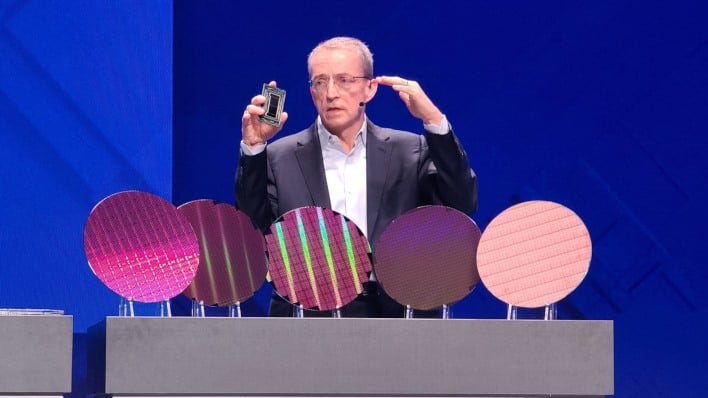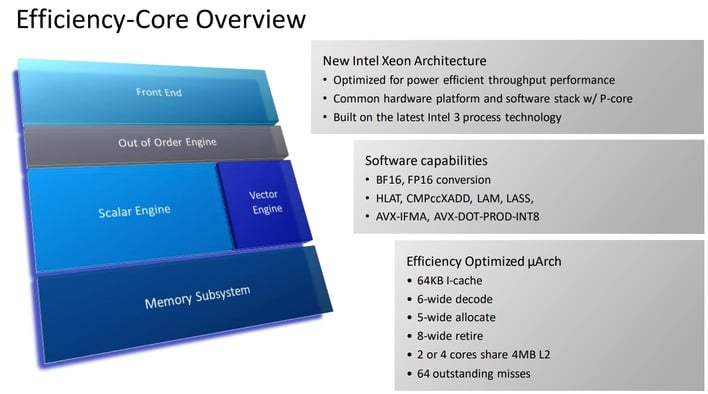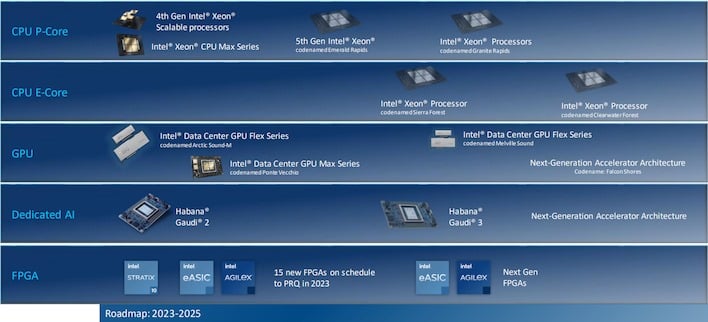Intel Teases Next-Gen Sierra Forest Xeons With 288 E-Cores For 5G Infrastructure

We've already written extensively about Sierra Forest when Intel first announced it, so we won't re-tread that ground. Head to our previous coverage if you're curious about why someone would want such a processor. Instead, let's take a look at Intel's latest remarks on these new CPUs. The company posted a press release announcing the chips today, and it focuses on the fact that Sierra Forest could save network operators a lot of money over time.
It's just as NVIDIA CEO Jensen Huang said: the more you buy, the more you save—except in this case, we're talking about energy costs and the all-important "total cost of ownership" (TCO) metric. Intel says that Sierra Forest is "optimized for energy and TCO savings," yet also notes that these new parts could offer a "2.7x performance per rack improvement" thanks to the chips' exceptional density.
According to Intel, energy costs can be as much as 40% of the operating expense of running a mobile network. Assuming that's accurate, cutting power consumption should be a key focus of anyone administrating such a service. Intel says that Casa Systems has a demo at MWC showcasing "up to 50% power savings" thanks to both the new processors as well as Intel's "Infrastructure Power Manager" software. Of course, it doesn't explain what the comparison is against.
Big Blue's list of cooperators is quite impressive, and includes basically everyone who's anyone in the field of 5G communications. Names like NEC, Nokia, ZTE, SK Telecom, Telstra, Ericsson, and BT Group appear alongside names that are likely a little more familiar to the HotHardware audience, like Dell, HPE, and Samsung. Not all of these companies are committed to using Intel's new chip, but everyone is at least evaluating it, it seems.
Mobile network infrastructure is a perfect use case for a processor like Sierra Forest. Traffic routing isn't really compute-intensive, but the ability to handle hundreds of tasks simultaneously without thread contention is highly valuable in this kind of workload. If you're interested to read more about Sierra Forest, you can head over to Intel's site and check out the blog, or hit our previous coverage for more details.



